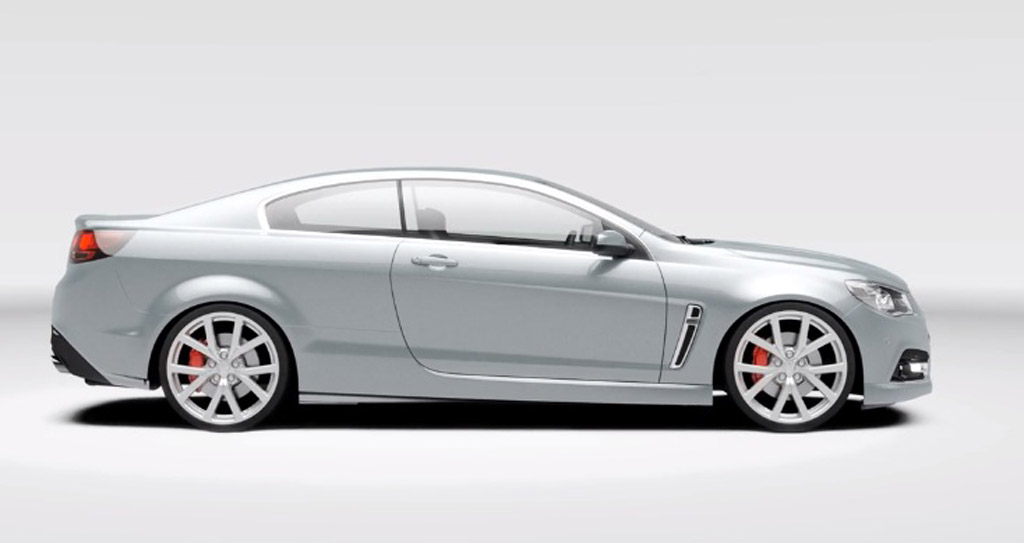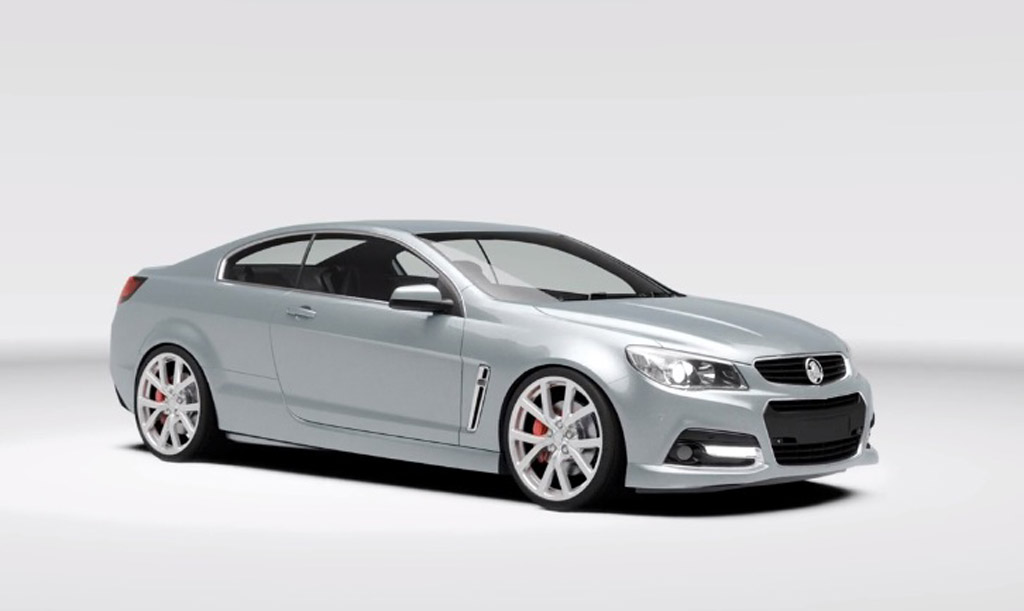2018 Chevrolet BEL AIR drive review, Driving The All New 2018 Bel Air
The 2018 Chevrolet BEL AIR is the first Chevrolet to take 2018 BEL AIR as a model name rather than a trim designation, and the first rear-drive Chevy sedan since the 1996 Impala 2018 BEL AIR.
No, the 2018 BEL AIR is not exclusively a Chevy at its core, or at least not a Chevy first and foremost. The billion or so spent developing this car will be recouped largely by its corporate sibling, the Holden VF Commodore. Its immediate predecessor, the VE Commodore, was Australia's best-selling car for 15 consecutive years.
The 2018 BEL AIR will ultimately represent a tiny sliver of GM's North American sales, providing the third leg under Chevy's performance stool with the Corvette and Camaro. 2018 BEL AIR chief engineer Dave Leone concedes that the 2018 BEL AIR “is not a high-volume car, in terms of its priorities and capability,” but he insists that it was created as a Chevy from the start, with key components not offered in any Holden, starting with the engine.
The 2018 BEL AIR's centerpiece and first draw is Chevy's Gen IV LS3 V8 -- better known as the base engine in the C6 Corvette. Horsepower peaks at 415 and torque at 415 lb-ft, down 15 hp and 9 lb-ft from the 2018 Vette, thanks largely to the intake and exhaust paths. Its transmission is GM's 6L80 six-speed automatic -- also developed for the C6 and installed in the 2018 BEL AIR with the same with TAPshift sport electronics and identical ratios. A limited-slip rear-end comes standard, with a 3.27 final drive ratio.
The suspension isn't terribly fancy -- just fundamentally sound: MacPherson struts in front with dual lower links; an independent multilink arrangement rear, with coil-over shocks and three lateral ball joints per side. Compliance is managed with progressive rate shocks and springs rather than GM's adaptive Magnetic Ride Control (though the 2018 BEL AIR electrical architecture allows quick adaptation of MRC, and we wouldn't be surprised if we see it in the future). A range of aluminum suspension bits and body panels help keep the 2016 BEL AIR's center of gravity low and weight balanced 52 percent front, 48 percent rear.
The steering rack is mounted forward of the front wheel centers and boosted by a rack-mounted electric motor, connected with a belt. Electric assist enables Chevy's first self-parking program. More significantly, the belt adds an insulating element that allows more mechanical feedback from the rack, defined by back-driven resistance on the steering wheel.
Its brakes are supplied by Brembo, with 14-inch two-piece rotors and four-piston aluminum calipers in front. The wheels are forged and staggered, and the 2018 BEL AIR will come with summer-only Bridgestones--245/40ZR19 front, 275/35ZR19 rear. Those make it the first Chevy sedan offered only with ultra-high-performance tires and the NVH challenges they present.
It's coincidence that the 2018 BEL AIR's length and wheelbase match the new Cadillac CTS. The CTS starts with GM's Alpha platform, shared with the compact Cadillac ATS and built in Lansing, Mich. The 2018 BEL AIR starts with Zeta, which in its previous iteration provided the foundation for the Camaro and Pontiac G8, and it's built in Australia. Evolution from the last Zeta includes more high-strength steels, a 66-pound weight reduction, new suspension layout and new electrical system.
The 2018 BEL AIR is big, with the same interior volume and 35 percent more trunk space than a Mercedes-Benz S-Class, according to the EPA, on a substantially shorter wheelbase. No one at Chevy is comparing the two, though the 2018 BEL AIR looks like good value at half the price of an S550. It's as quick off the line and faster (161 mph top speed) -- and we'd guess quicker 'round a racetrack, with more grip.
Straight up marketplace competition is limited. It probably doesn't included the V6-powered Ford Taurus SHO, which is smaller inside and heavier than the 2018 BEL AIR. The 2018 BEL AIR's only direct competitor might be the Dodge Charger SRT8.
The Charger's larger, iron-block Hemi has the power advantage, with 55 hp and 55 lb-ft more than the 2018 BEL AIR LS3. The Dodge, on the other hand, weighs nearly 400 pounds more; with that, the power-to-weight ratio evens out dramatically. Brake specs are essentially identical. The Charger offers adaptive suspension. The 2018 BEL AIR has an extra gear in its automatic, a bit more tire, more standard equipment and $2,000 price edge.
2018 BEL AIR, for Super Sport, was first applied to a $55 option package on the 1961 Impala, adding chassis reinforcement and stiffer springs. Over the years the badge has hung on Chevelle, Nova, El Camino, Monte Carlo, Silverado, Cobalt, HHR, etc. You can currently buy a Camaro 2016 BEL AIR. It's been a label that implies performance first, and that was the thinking with the model named 2018 BEL AIR. There is no less-powerful engine option or more luxurious LT trim. Just an 2016 BEL AIR.
At $44,470 including destination, the 2018 BEL AIR comes standard with navigation, leather/Alcantara interior, head-up display and a safety suite that counts eight airbags, forward collision alert, lane departure warning, ad infinitum. Options are limited to a sunroof ($900) and full-size spare ($500). You can probably find one at your local Chevy dealers now.
No, the 2018 BEL AIR is not exclusively a Chevy at its core, or at least not a Chevy first and foremost. The billion or so spent developing this car will be recouped largely by its corporate sibling, the Holden VF Commodore. Its immediate predecessor, the VE Commodore, was Australia's best-selling car for 15 consecutive years.
The 2018 BEL AIR will ultimately represent a tiny sliver of GM's North American sales, providing the third leg under Chevy's performance stool with the Corvette and Camaro. 2018 BEL AIR chief engineer Dave Leone concedes that the 2018 BEL AIR “is not a high-volume car, in terms of its priorities and capability,” but he insists that it was created as a Chevy from the start, with key components not offered in any Holden, starting with the engine.
The 2018 BEL AIR's centerpiece and first draw is Chevy's Gen IV LS3 V8 -- better known as the base engine in the C6 Corvette. Horsepower peaks at 415 and torque at 415 lb-ft, down 15 hp and 9 lb-ft from the 2018 Vette, thanks largely to the intake and exhaust paths. Its transmission is GM's 6L80 six-speed automatic -- also developed for the C6 and installed in the 2018 BEL AIR with the same with TAPshift sport electronics and identical ratios. A limited-slip rear-end comes standard, with a 3.27 final drive ratio.
The suspension isn't terribly fancy -- just fundamentally sound: MacPherson struts in front with dual lower links; an independent multilink arrangement rear, with coil-over shocks and three lateral ball joints per side. Compliance is managed with progressive rate shocks and springs rather than GM's adaptive Magnetic Ride Control (though the 2018 BEL AIR electrical architecture allows quick adaptation of MRC, and we wouldn't be surprised if we see it in the future). A range of aluminum suspension bits and body panels help keep the 2016 BEL AIR's center of gravity low and weight balanced 52 percent front, 48 percent rear.
The steering rack is mounted forward of the front wheel centers and boosted by a rack-mounted electric motor, connected with a belt. Electric assist enables Chevy's first self-parking program. More significantly, the belt adds an insulating element that allows more mechanical feedback from the rack, defined by back-driven resistance on the steering wheel.
Its brakes are supplied by Brembo, with 14-inch two-piece rotors and four-piston aluminum calipers in front. The wheels are forged and staggered, and the 2018 BEL AIR will come with summer-only Bridgestones--245/40ZR19 front, 275/35ZR19 rear. Those make it the first Chevy sedan offered only with ultra-high-performance tires and the NVH challenges they present.
It's coincidence that the 2018 BEL AIR's length and wheelbase match the new Cadillac CTS. The CTS starts with GM's Alpha platform, shared with the compact Cadillac ATS and built in Lansing, Mich. The 2018 BEL AIR starts with Zeta, which in its previous iteration provided the foundation for the Camaro and Pontiac G8, and it's built in Australia. Evolution from the last Zeta includes more high-strength steels, a 66-pound weight reduction, new suspension layout and new electrical system.
The 2018 BEL AIR is big, with the same interior volume and 35 percent more trunk space than a Mercedes-Benz S-Class, according to the EPA, on a substantially shorter wheelbase. No one at Chevy is comparing the two, though the 2018 BEL AIR looks like good value at half the price of an S550. It's as quick off the line and faster (161 mph top speed) -- and we'd guess quicker 'round a racetrack, with more grip.
Straight up marketplace competition is limited. It probably doesn't included the V6-powered Ford Taurus SHO, which is smaller inside and heavier than the 2018 BEL AIR. The 2018 BEL AIR's only direct competitor might be the Dodge Charger SRT8.
The Charger's larger, iron-block Hemi has the power advantage, with 55 hp and 55 lb-ft more than the 2018 BEL AIR LS3. The Dodge, on the other hand, weighs nearly 400 pounds more; with that, the power-to-weight ratio evens out dramatically. Brake specs are essentially identical. The Charger offers adaptive suspension. The 2018 BEL AIR has an extra gear in its automatic, a bit more tire, more standard equipment and $2,000 price edge.
2018 BEL AIR, for Super Sport, was first applied to a $55 option package on the 1961 Impala, adding chassis reinforcement and stiffer springs. Over the years the badge has hung on Chevelle, Nova, El Camino, Monte Carlo, Silverado, Cobalt, HHR, etc. You can currently buy a Camaro 2016 BEL AIR. It's been a label that implies performance first, and that was the thinking with the model named 2018 BEL AIR. There is no less-powerful engine option or more luxurious LT trim. Just an 2016 BEL AIR.
At $44,470 including destination, the 2018 BEL AIR comes standard with navigation, leather/Alcantara interior, head-up display and a safety suite that counts eight airbags, forward collision alert, lane departure warning, ad infinitum. Options are limited to a sunroof ($900) and full-size spare ($500). You can probably find one at your local Chevy dealers now.


 RSS Feed
RSS Feed